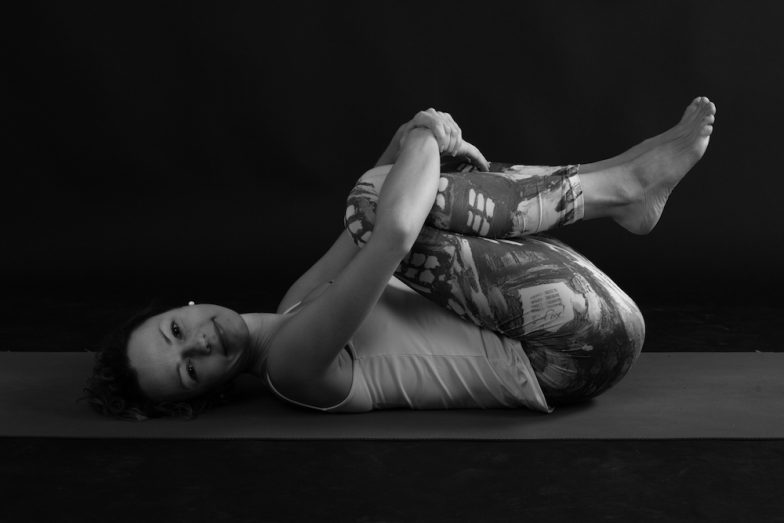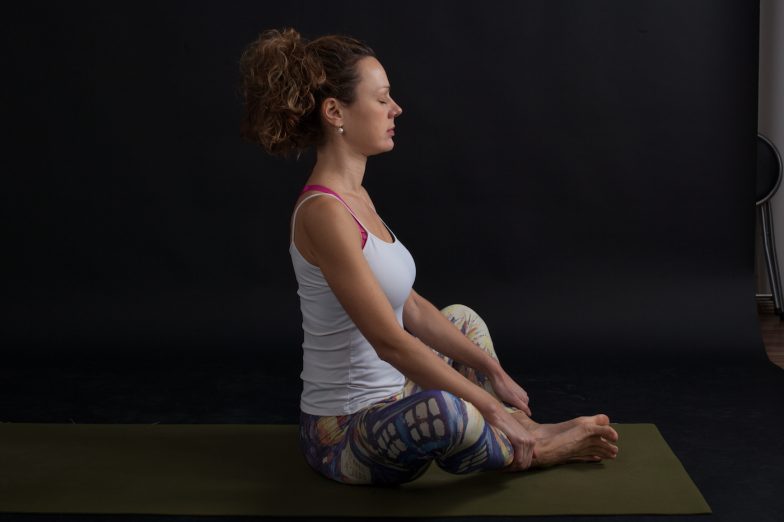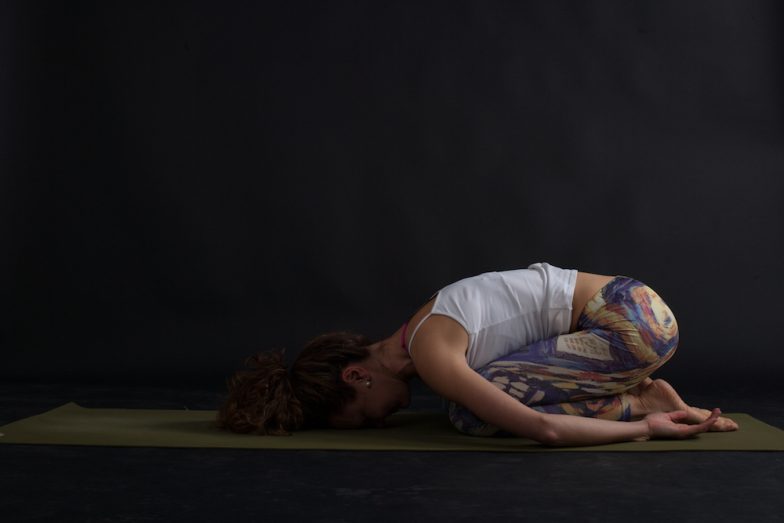Yin Yoga
Yin and Yang – One Unity.
Yin yoga is a slow-paced style of yoga with poses, or asanas, that are held for longer periods of time—five minutes or more per pose is typical.
Yin yoga poses apply moderate stress to the connective tissues of the body—the tendons, fascia, and ligaments—with the aim of increasing circulation in the joints and improving flexibility. A more meditative approach to yoga, yin aims at cultivating awareness of inner silence, and bringing to light a universal, interconnecting quality.
Yin yoga is based on the Taoist concepts of yin and yang, opposite and complementary principles in nature. Yin could be described as stable, immobile, feminine, passive, cold, and downward moving. Yang is understood to be changing, mobile, masculine, active, hot, and upward moving. The sun is considered yang, the moon yin. In the body, the relatively stiff connective tissues (tendons, ligaments, fascia) are yin, while the more mobile and pliable muscles and blood are yang. More passive asanas in yoga are considered yin, whereas the more active, dynamic asanas are yang, because they stimulate the muscles and generate heat. In general, the poses of Yin yoga are performed with very little muscular exertion.
Muscles account for about forty percent of the resistance against the body’s flexibility, while connective tissue accounts for about fifty percent. The intensity and physical benefits of Yin yoga practice depend on two variables: duration of the asana, and the temperature of the muscle. Asanas are usually held for five minutes, but can be held for as long as twenty. Because of the long duration of asanas, it is said that patience is another of the key values cultivated by Yin yoga.
Yin Yoga provides calmness and energy at the same time.



